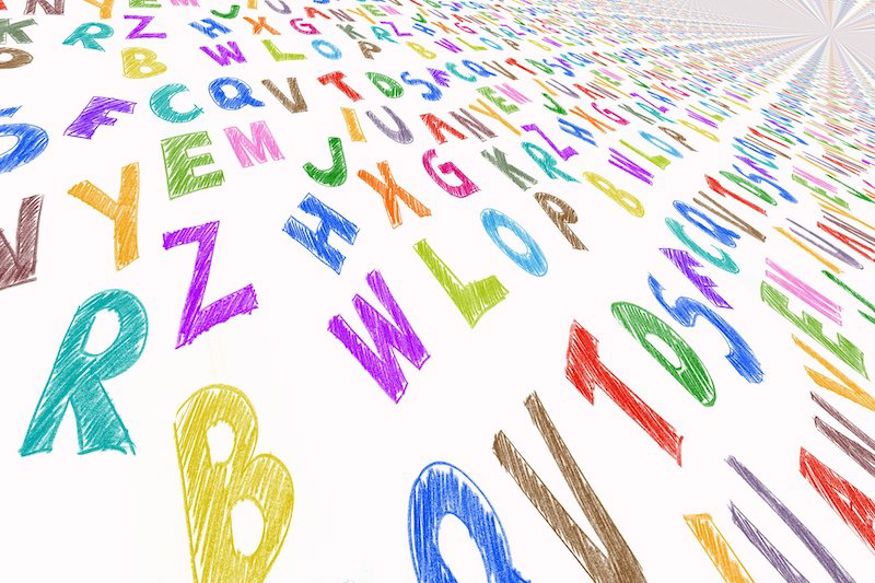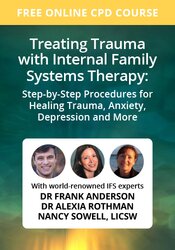Enrol in an online course today for flexible, self-paced learning—no fixed schedule required. Plus, enjoy lifetime access to course materials for convenient revisiting.
Counselling Clients With Dyslexia

Do you know what it feels like to be subjected to a world in which it takes five times more energy to learn and adapt? Where your creative mind can scuttle off to the outer reaches of the universe and come up with brilliant ideas and innovations – and yet be incapable of stringing a coherent sentence together? This can be the minute by minute experience of someone with dyslexia.
A therapist encountering such a presentation may pick up on a potential anxiety disorder; may provide some CBT strategies; may provide a safe space for exploration, understanding and change. When the person discloses that they are dyslexic, would the therapist make a direct connection between the neurodiversity and the client’s emotional difficulties? Often the answer would be no.
Working creatively with dyslexic clients allows them to focus on their strengths, for you to engage in their world and not on the legacy of deficit that so often accompanies their life experience. They do not need to be fixed to fit in with others. They need to be understood and allowed the creative freedom that is their evolutionary heritage.
A different way of thinking
The dyslexic brain is a wonderfully imaginative resource. The British Dyslexia Association considers that 40 per cent of self-made millionaires have dyslexia. That’s three times higher than rates of dyslexia in the general population. 29 per cent of students at the Royal College of Art having dyslexia compared with 10 to 15 per cent of the population. GCHQ actively targets dyslexic and neurodiverse people in recruitment. However, in 2018, The Westminster AchieveAbility Commission for Dyslexia and Neurodivergence found that neurodiverse people were ready and willing to work but found themselves faced by insurmountable barriers. The ‘Connecting The Dots’ enquiry by Made by Dyslexia states that, ‘dyslexic thinking has many benefits. If identified and supported, inspired and encouraged, dyslexics can achieve amazing things’.
Their goal is to ensure that dyslexia is properly understood as a different way of thinking. My belief is that therapists need to do the same.
The secondary impact of living with dyslexia
The roots of what can be experienced as PTSD-like presentations often originate in the family of origin and throughout education. When you realise that other people ‘get it’ and you don’t, there is a tendency to try to mimic apparent normality in the hope that you too will become more ‘normal’. This is often at huge cost to the self. When you are hiving off a large part of your self as unacceptable, consciously or unconsciously, how can you then feel accepted and loved by others, let alone yourself? When society demands that all behave the same so that the majority feel ‘comfortable’, we ‘other’ those with differences as ‘not quite right’.
Dyslexic clients often present as not knowing who they are or how they feel, and regularly have no concept of an identity that incorporates their dyslexia. It is something to be hidden away, not spoken about in case it resurrects the shame and humiliation of past events – especially if, to the outside world, they appear ‘successful’. Many do not even realise that it is their dyslexic traits that are creating both their acute anxiety and their success. They, like most of the population, believe dyslexia is just about learning to read and write.
Using, and releasing, creativity in the counselling room
The purpose, then, of creative dyslexia aware counselling is to release this squashed caterpillar and encourage it into the full beauty of its butterfly self; to understand the vagaries of the dyslexic mind in its kaleidoscope of ability. We also need to appreciate the impact of social disability, given that 90 per cent of the population contend well with the systems and academic judgements that equate in our culture to societally acceptable accomplishment.
So, use your own creativity to release theirs. Allow yourself to sit with the not-quite-knowing-what-to-do and you will have an insight into their permanent world. Use your scaling and visual representations. Give reflections in words that draw on colour, form and texture. Use metaphor to speak to them in the natural, internally visual world they inhabit, and the language of the unconscious. Give them a safe, secure, steady environment that is reliable, predictable and dependable.
Ask yourself how much of your therapeutic work incorporates and encourages the strengths of dyslexia. How can you transform your creative approaches to explore the dyslexic experience, keeping them visual, pragmatic, metaphorical and – most importantly for the intuitive, highly sensitive, neurodivergent soul – authentic.
















